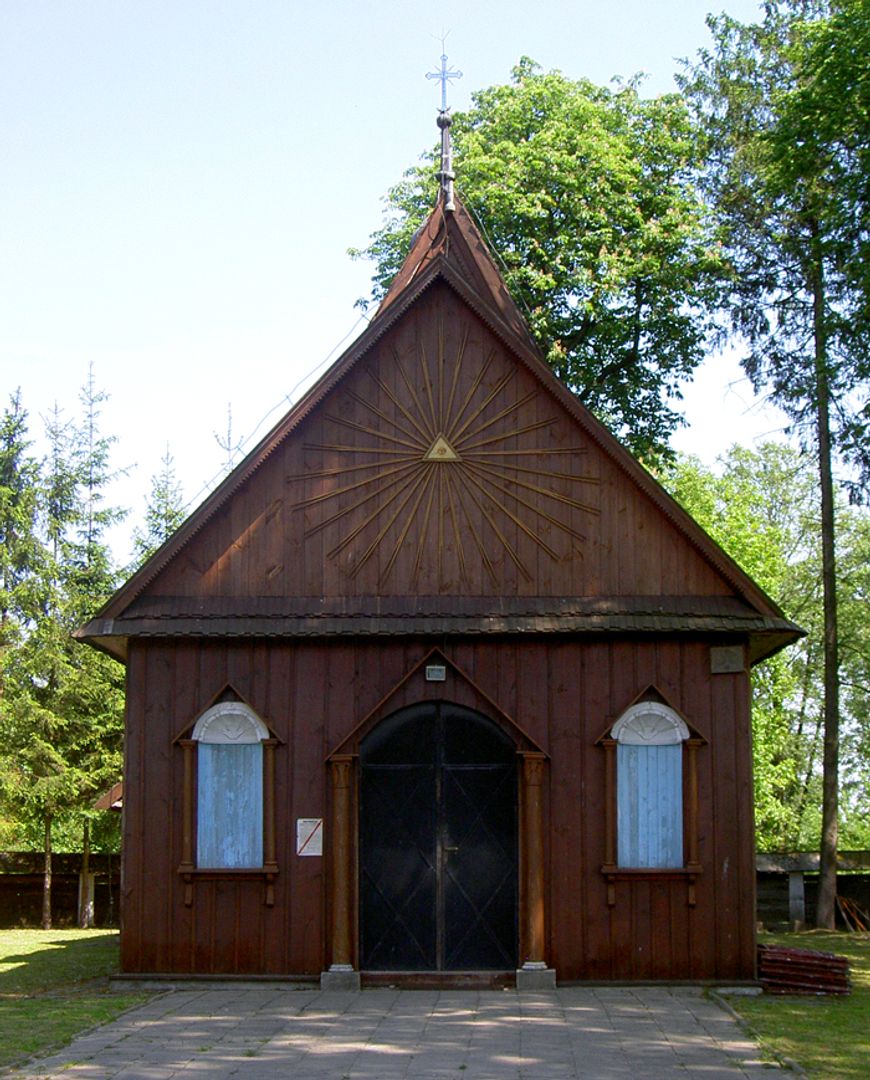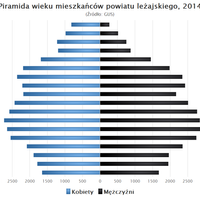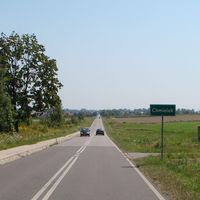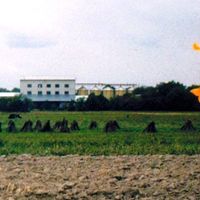Tarnogród Deanery
6.73

Overview
The Tarnogród Deanery, one of the 19 deaneries in the Diocese of Zamość-Lubaczów, was established on January 22, 1746, by Bishop Wacław Hieronim Sierakowski. Initially, these territories were part of the Przemyśl Diocese. Throughout its existence, the deanery has undergone numerous territorial changes, including the incorporation and separation of parishes from the Leżajsk and Jarosław deaneries. In 1805, a territorial exchange took place between the Tarnogród and Zamość deaneries, which further influenced the religious structure of the region. In 1811, the Tarnogród, Hrubieszów, Tyszowce, and Zamość deaneries were incorporated into the Lublin Diocese, and since March 25, 1992, they have belonged to the Diocese of Zamość-Lubaczów. The Tarnogród Deanery encompasses a number of parishes, including Tarnogród, Bukowina, Księżpol, Łukowa, and Wola Różaniecka, which are notable both architecturally and historically. Many local churches feature unique characteristics and architectural styles, making them valuable sites to explore and admire within the cultural landscape of the region. An interesting aspect is the diversity of parish patrons, including St. Anthony of Padua, the Blessed Virgin Mary, and St. Josaphat Kuntsevych. Each parish hosts local religious celebrations that bring the community together and preserve cultural traditions. The Tarnogród Deanery is not only a center of religious life but also a historical witness to the changes that have taken place in the region over the centuries. Its rich history and cultural diversity are reflected in both its historic churches and local traditions.
Location
2025 Wizytor | All Rights Reserved






